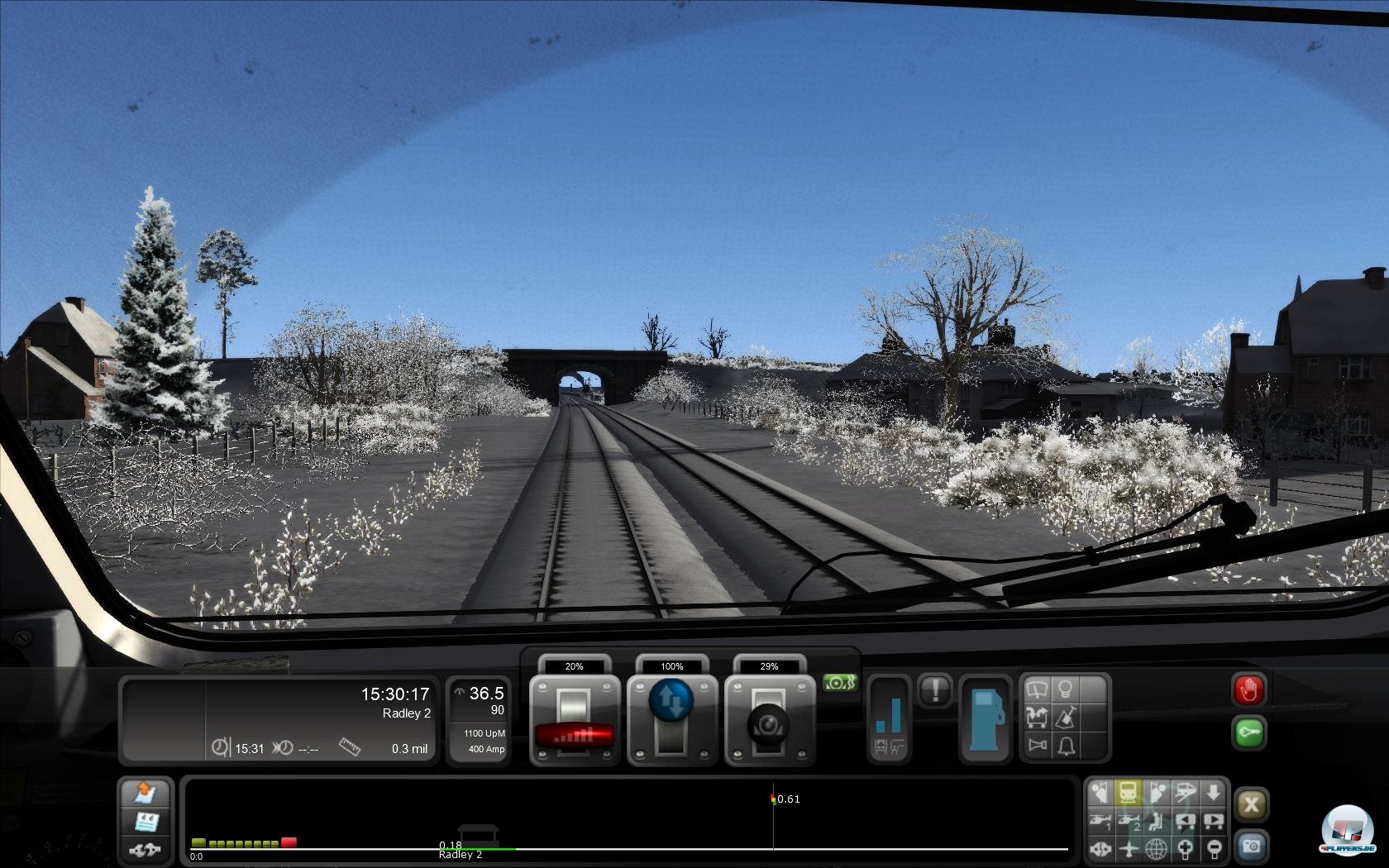
This is a special cube map image for point lights which can be used to modify the colour/shape of the light to do advanced effects such as lampshades, stained glass, fixed shadows etc If true the light will come on at night and be off in the day. street lighting, shop lighting etc) this should be true.
HOW TO ADD RAILVEHCLES IN RAILWORKS 3 TRAIN SIMULATOR 2012 CODE
A typical example is the Environment map, which is supplied by code and doesn’t need specifying.

Under Lighting Material, you can set the Specular Power of the material, which is the equivalent of 3ds Max’s Specular Level.

The same goes for any pipes and hoses which may connect one train to another. All moving coupler parts will come from a generic file. However, an attachment point for the coupler will need to be modelled as part of the main shape, as per reference material. Couplers are not to be modelled, as generic items will be used which will be instanced between the trains.Typically you shouldn’t need more than 4 or 5 smoothing groups for the entire model. Use a minimal amount of smoothing groups, but make sure all faces have at least one smoothing group assigned to them.In this respect, don’t ever use Face mapping.

Broken edges in the UV mapping will ruin tri-stripping too. This will also greatly benefit you when creating LODs using Editable Poly, as texture coordinates will be preserved when removing or collapsing edges. You can help tri-stripping a lot by mapping as large an area as possible at a time. Make sure all objects have correct UV coordinates on them (channel 1 channel 2 and 3 when required for multi-pass materials).NURBS, patches and splines are not supported geometry types. Create Editable Mesh or Editable Poly objects only.Use dimensional data from scale drawings and do not place these objects by eye. Work accurately, especially when it comes to wheels (diameter/width), bogies (position) and placement of pivots, as well as the overall dimensions of the vehicle you are modelling.The side flanges extend beyond their quoted diameters and their size should be estimated from photographs. The driving surface of the wheels, where they touch the rails, should be precisely at ground level (Z = 0.0).Reset XForm if you have made any changes to pivots or scale.Their pivot should be at ground level (Z = 0.0) Bogies need to rotate around their Z-axis.Wheels need to rotate around their X-axis.Make sure this object is perfectly centred between the front and rear wheels or bogies. Place the root node object (locomotive/coach/wagon/etc.) at 0,0,0. In the top viewport the front of the vehicle should face up. The orientation of the train models is very important.Place pivots of movable or rotatable objects (wheels, bogies, doors) precisely at their correct physical pivots.All objects should have uniform 100% scaling on them.



 0 kommentar(er)
0 kommentar(er)
